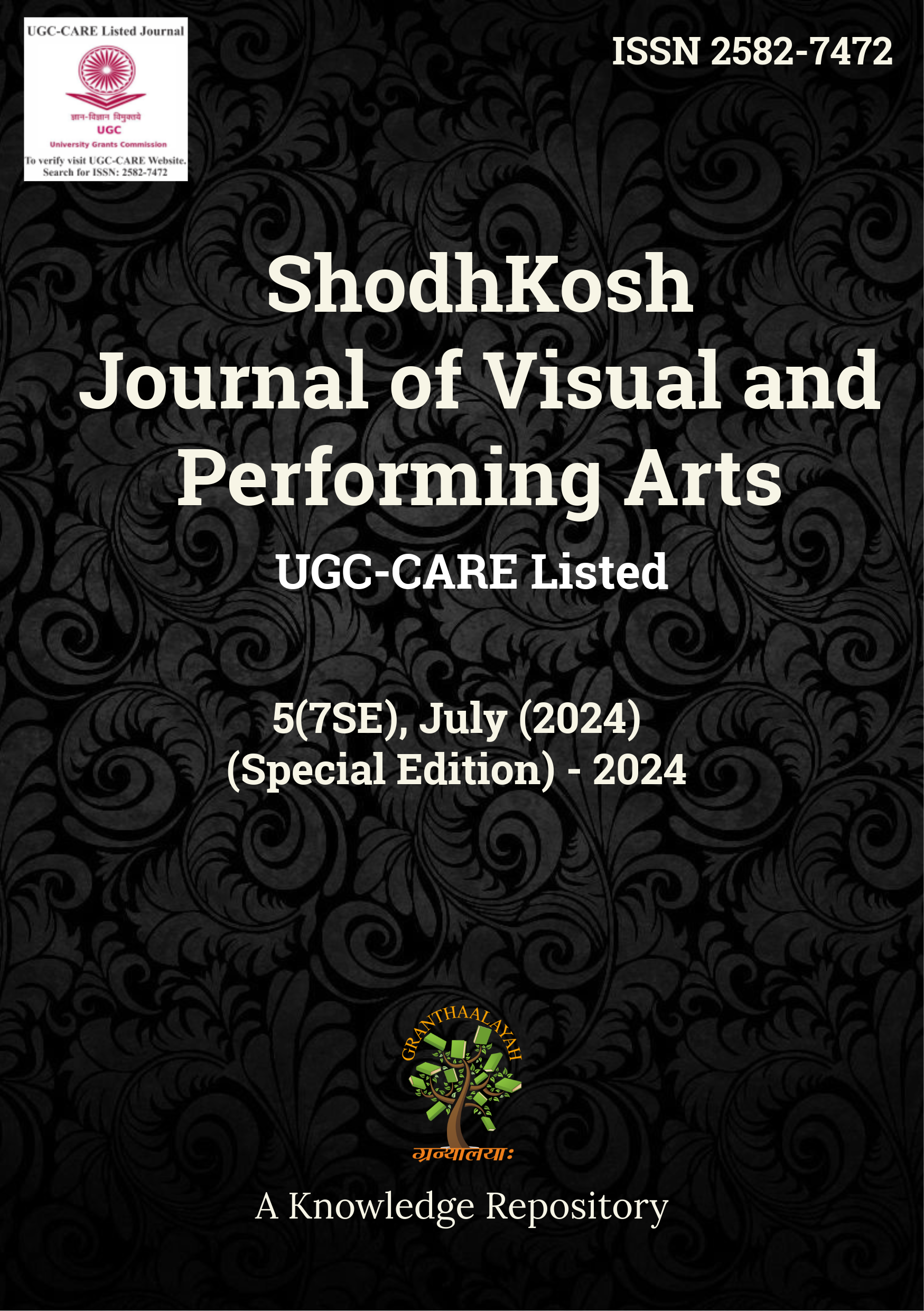EFFECTS OF RESISTANCE TRAINING ON SPEED AND AGILITY IN SPRINTERS
DOI:
https://doi.org/10.29121/shodhkosh.v5.i7SE.2024.5875Keywords:
Resistance Training, Sprint Performance, Agility, Speed Development, Explosive Power, Neuromuscular Adaptation, Strength Training, Plyometrics, Acceleration, Athletic Performance, Sprint Mechanics, Directional Change Ability, Lower Body Strength, Sports Conditioning, Training InterventionAbstract [English]
Speed and agility are critical components of sprint performance, and resistance training has been widely utilized to enhance these attributes. This study investigates the effects of a structured resistance training program on speed and agility in sprinters. A total of 40 male and female sprinters (ages 18–25) participated in the study and were divided into an experimental group (n=20) and a control group (n=20). The experimental group followed a structured resistance training program in addition to their regular sprinting workouts, while the control group continued their standard sprint training without resistance exercises. Key performance indicators, including the 30-meter sprint time and agility T-test performance, were measured pre- and post-intervention over an eight-week training period. The results indicate that the experimental group showed significant improvements in sprinting speed (p < 0.05) and agility (p < 0.05) compared to the control group. These findings suggest that incorporating resistance training into sprint training regimens enhances neuromuscular efficiency, explosive power, and directional change ability, leading to improved sprint and agility performance. The study highlights the importance of resistance training for competitive sprinters and provides practical recommendations for integrating resistance exercises into sprint training programs.
References
Cronin, J. B., & Hansen, K. T. (2005). Strength and power predictors of sports speed. Journal of Strength and Conditioning Research, 19(2), 349-357. DOI: https://doi.org/10.1519/00124278-200505000-00019
Markovic, G. (2007). Does plyometric training improve vertical jump height? British Journal of Sports Medicine, 41(6), 349-355. DOI: https://doi.org/10.1136/bjsm.2007.035113
Rimmer, E., & Sleivert, G. (2000). Effects of a plyometrics intervention program on sprint performance. Journal of Strength and Conditioning Research, 14(3), 295-301. DOI: https://doi.org/10.1519/00124278-200008000-00009
Suchomel, T. J., Nimphius, S., & Stone, M. H. (2016). The importance of muscular strength in athletic performance. Sports Medicine, 46(10), 1419-1449. DOI: https://doi.org/10.1007/s40279-016-0486-0
Young, W., & Benton, D. (2018). Strength and conditioning for sprinting. International Journal of Sports Physiology and Performance, 13(2), 223-235.
Downloads
Published
How to Cite
Issue
Section
License
Copyright (c) 2024 Basavanneppa B Kabadagi

This work is licensed under a Creative Commons Attribution 4.0 International License.
With the licence CC-BY, authors retain the copyright, allowing anyone to download, reuse, re-print, modify, distribute, and/or copy their contribution. The work must be properly attributed to its author.
It is not necessary to ask for further permission from the author or journal board.
This journal provides immediate open access to its content on the principle that making research freely available to the public supports a greater global exchange of knowledge.




















